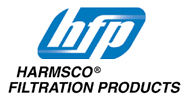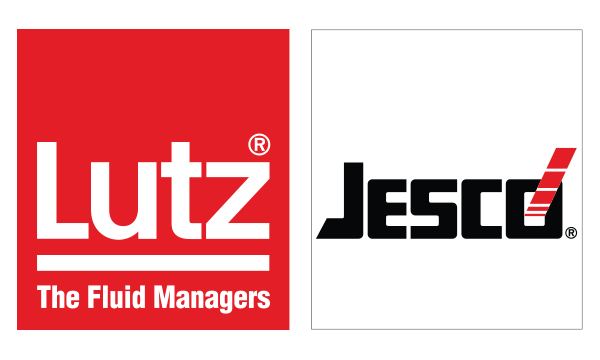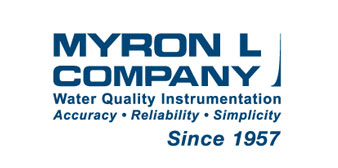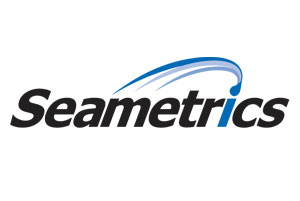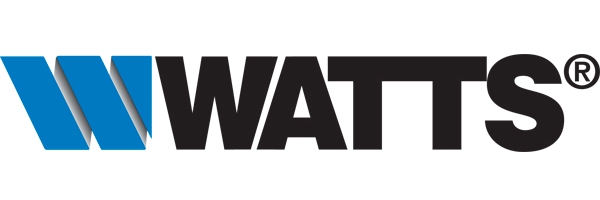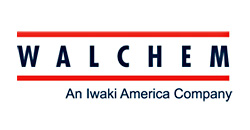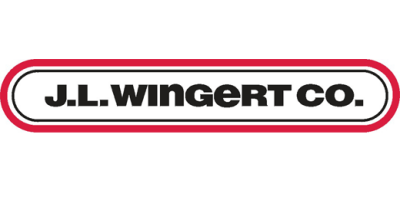Boiler & Cooling Tower Control Basics Series Installment 5
Keeping a cooling tower or a boiler within parameters. CONSTITUENT LEVELS TOO HIGH For the same but opposite reasons in the other examples published earlier, constituent levels may be too high. Perhaps a heat exchanger has been fixed and hardness is no longer contaminating the condensate. Then chelant or phosphate levels may suddenly be higher. Perhaps oil is no longer leaking into the cooling tower, so the chlorine demand has gone down, resulting in higher free residuals. Perhaps the dearator is finally venting properly and sulfite demand has dropped, resulting in higher residuals. OTHER CAUSES Never rule out malfunctioning chemical feed pumps and chemical control equipment. I have seen chemical feed pumps behave erratically because of shorts in their control switches. I’ve seen cooling towers overfeed/underfeed chemicals or blowdown improperly because the sample line with the conductivity probe had its water flow turned off. This resulted in the controller thinking the cooling tower conductivity was higher or lower than it actually was and feeding chemicals and blowing down accordingly. I’ve seen chemical feed pump setting changed, but no one owns up to making the change. This is why it is good to log the chemical pump settings. I’ve seen softener multiport valves leak through so the sample you tested showed hardness while the unit was actually making soft water. I’ve seen operators change pump settings by decreasing the speed and increasing the stroke, not realizing that they may have actually increased the chemical feed instead. Changes in makeup water characteristics can also affect system control (such as phosphate added to city water for corrosion control by the city or hardness levels changing).
Featured Products
X030-XC-AAAAXXX
PULSAFEEDER 100 METERING PUMP 30 GPD @ 100 PSI, 230 VAC MANUAL CONTROL
$681.00
$289.00
X030-XA-AAAAXXX
PULSAFEEDER 100 METERING PUMP 30 GPD @ 100 PSI, 115 VAC MANUAL CONTROL
$650.00
$275.00
85MHP17 (85MJH2A1S)
STENNER ADJUSTABLE DOSING PUMP 17 GPD 100 PSI 115V – 220V AVAILABLE UPON REQUEST
$800.6
$426.00

Join our newsletter
Join our newsletter to get the latest industry news and exclusive savings! Subscribe now to stay ahead with updates and special offers delivered right to your inbox. Don’t miss out!




















